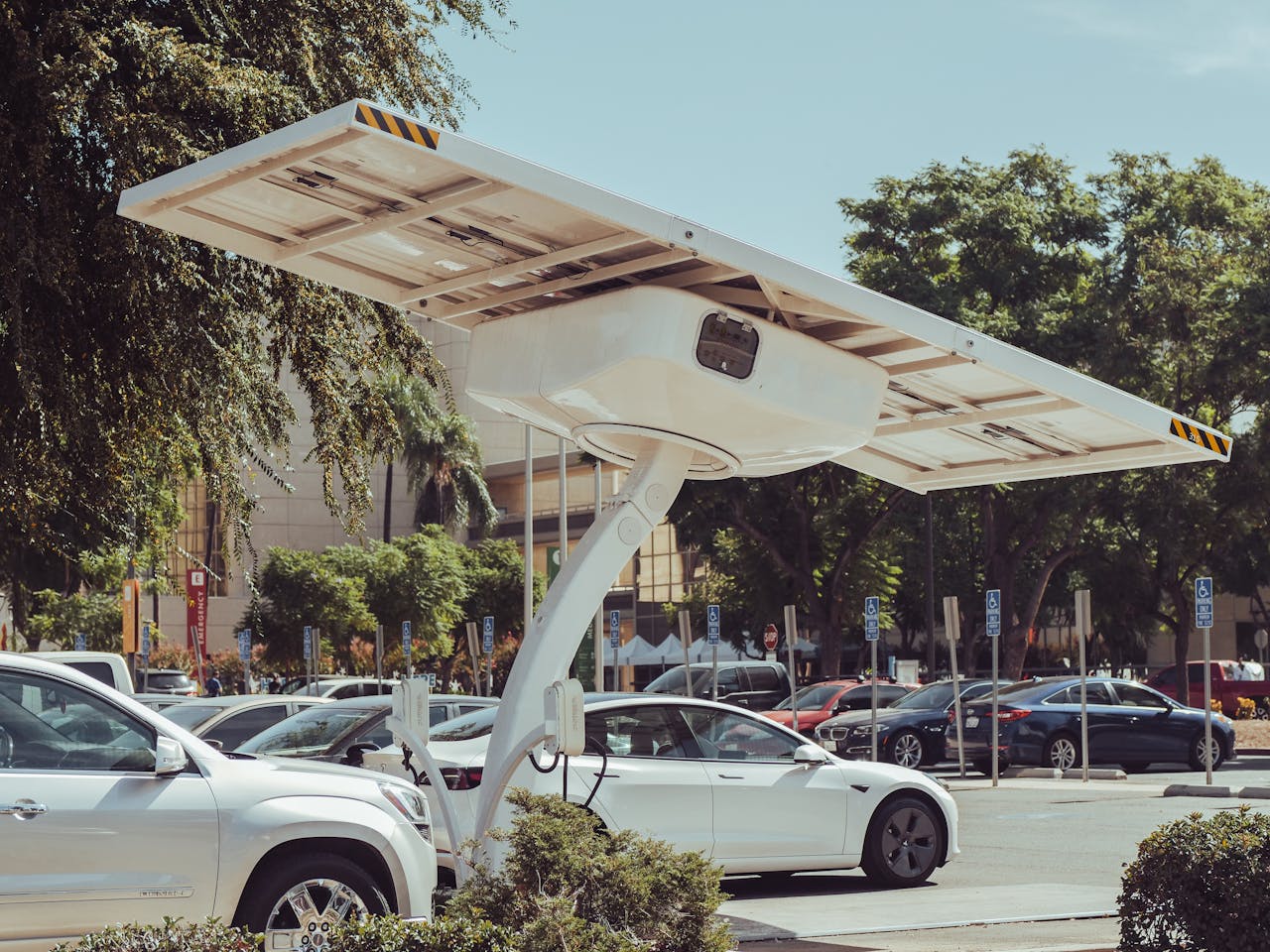Last Updated on January 25, 2025 by Leepu Da Maxim
Tesla Supercharger costs average between $0.25 and $0.50 per kWh. Electricity rates, location, peak hours, state regulations, grid demand affect charging prices. Home charging with solar can reduce costs to $0.10/kWh. Combining home solar, off-peak charging, and a Powerwall can reduce charging costs to approximately $0.05/kWh, offering substantial long-term savings for electric vehicle owners.
What is the statewide cost of using a Tesla supercharger in the USA?
| State | Average Rate | Peak Rate | Off-Peak Rate | Notes |
|---|---|---|---|---|
| California | 0.28 – 0.45 | 0.50 | 0.22 | Highest rates in USA |
| Texas | 0.12 – 0.25 | 0.35 | 0.10 | Variable by region |
| New York | 0.18 – 0.35 | 0.42 | 0.15 | High urban rates |
| Florida | 0.11 – 0.24 | 0.32 | 0.09 | Lower electricity costs |
| Washington | 0.09 – 0.20 | 0.28 | 0.07 | Hydroelectric advantage |
| Massachusetts | 0.22 – 0.38 | 0.45 | 0.18 | High Northeast rates |
| Arizona | 0.12 – 0.26 | 0.35 | 0.10 | Solar energy impact |
| Colorado | 0.13 – 0.27 | 0.36 | 0.11 | Mixed energy sources |
| Illinois | 0.14 – 0.29 | 0.38 | 0.12 | Midwest pricing |
| Georgia | 0.11 – 0.25 | 0.33 | 0.09 | Competitive rates |

Factors Affecting Supercharger Costs
Electricity Rates:
- State-specific pricing varies dramatically. California charges up to $0.45/kWh (the higher on the list), while Washington state can be as low as $0.09/kWh due to abundant hydroelectric power. Rates fluctuate based on local energy infrastructure and renewable energy investments.
- Local utility rates depend on regional energy production methods. Areas with coal-based electricity (For example, West Virginia or Texas) tend to have higher rates, while states with significant solar or wind generation (like Florida or Washington) can offer more affordable charging. These rates directly impact the per-kilowatt-hour cost for electric vehicle charging.
Location Variables:
- Urban charging stations typically cost more due to higher grid maintenance expenses and real estate costs. Metropolitan areas like New York and San Francisco have premium pricing compared to rural charging locations. The infrastructure complexity and local energy market dynamics significantly influence charging prices.
- Regional energy policies play a crucial role in pricing. States with aggressive renewable energy mandates (like Colorado or Connecticut) often provide incentives that can lower charging costs. Some regions offer tax credits or reduced rates for electric vehicle charging, making EV ownership more economically attractive.
Charging Time Impact:
- Longer charging sessions increase total energy consumption and cost. A full charge from 10% to 90% takes approximately 45-60 minutes at a Supercharger, with pricing calculated in real-time. The charging speed varies based on battery temperature, current charge level, and station capacity.
- Peak hours typically have higher electricity rates, similar to home energy consumption. Charging during off-peak hours (late night or early morning) can reduce costs by 20-30%. Many utility companies offer lower rates during periods of reduced grid demand.
How To Lower Your Tesla (or other EV Vehicles) Charging Cost?
- Home solar panels can dramatically reduce charging costs. A typical residential solar setup can generate enough energy to charge a Tesla for pennies per kilowatt-hour. The initial investment of $15,000-$25,000 can be offset by energy savings within 5–7 years.
- Off-peak charging minimizes electricity expenses. Most utility companies offer reduced rates during low-demand hours, usually between 10 PM and 5 AM. By scheduling charging during these times, Tesla owners can save 25-40% on electricity costs compared to peak-hour rates.
- Tesla Powerwall integration maximizes home energy efficiency. This battery storage system allows homeowners to store solar energy and use it for vehicle charging, potentially reducing grid dependency. The Powerwall can also provide backup power during outages and optimize energy consumption.
- Avoid supercharger congestion fees or idle fees by installing Tesla App on your mobile and see when your vehicle is fully charged (or almost full) and instantly leaving the station.

Hi, I’m Leepu Da Maxim , a dedicated car enthusiast with over 10 years of experience in this field, and I’m thrilled to share my passion and expertise with fellow car enthusiasts like you. My journey began in my hometown West Jordan, Utah, where my fascination with the mechanics and design of cars sparked at a young age. Over the years, this passion has evolved into a commitment to providing accurate, insightful, and engaging information about all things automotive through CarsAmazing .

